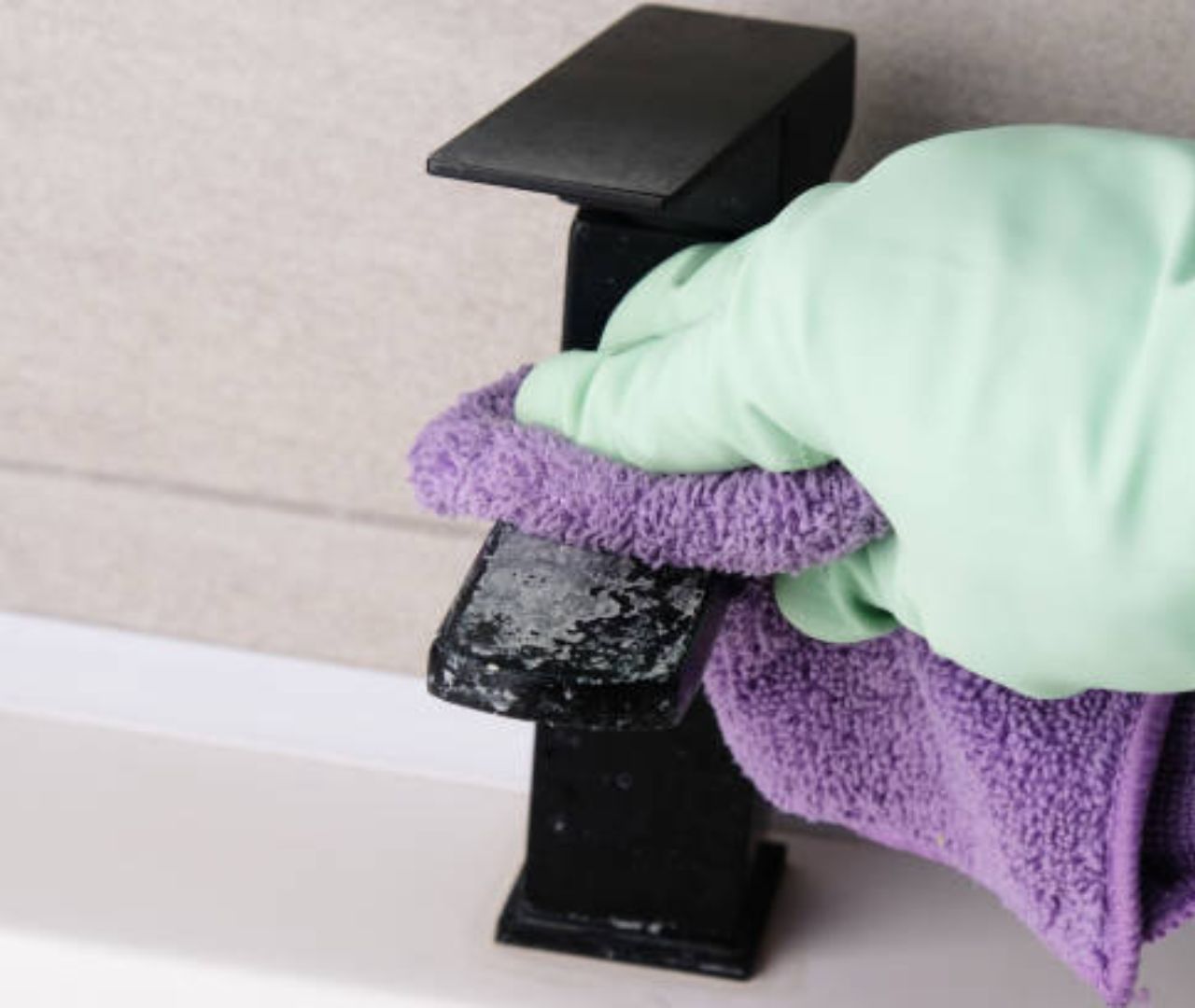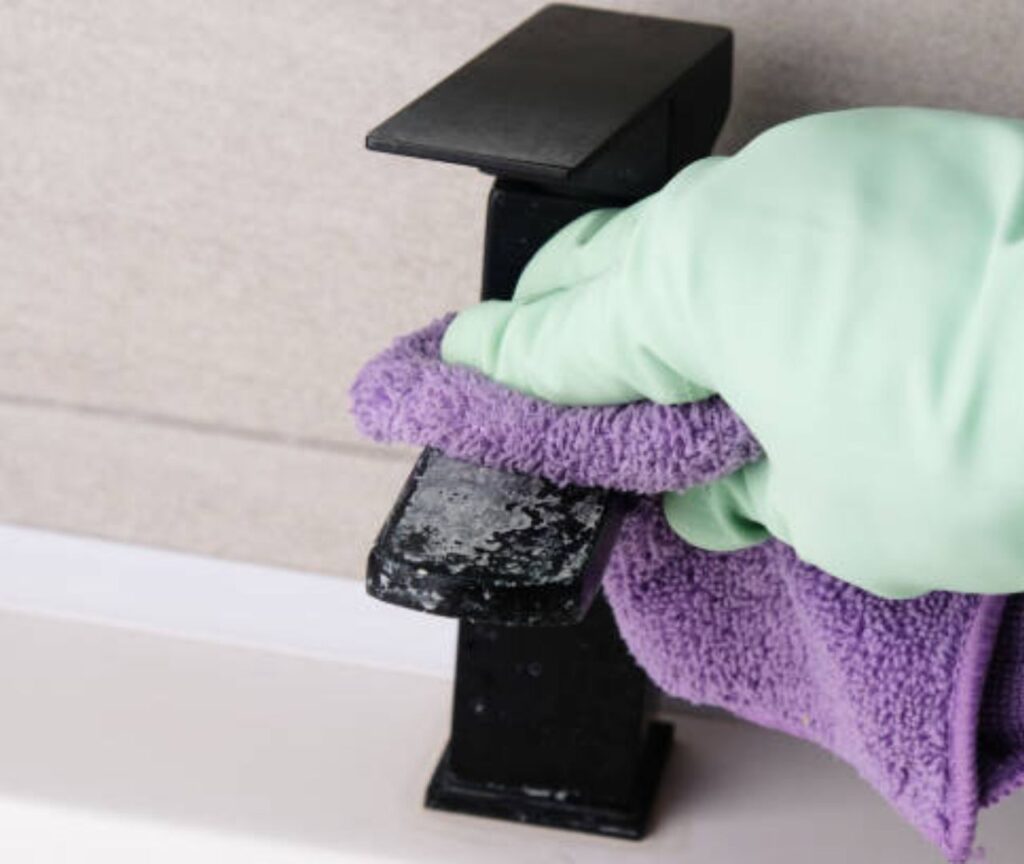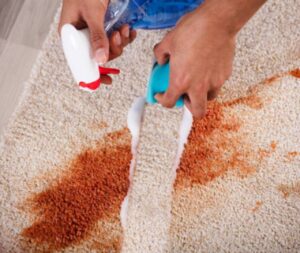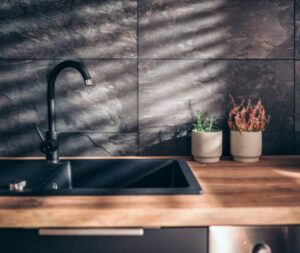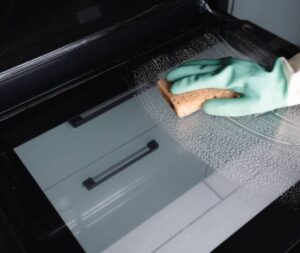Black faucets look sleek, modern, and oh-so-stylish… until those evil little white spots start appearing like ghosts of calcium past. You know the ones. They stare at you every time you wash your hands, whispering, “You’ll never get rid of me.”
If you’ve ever stood at your sink thinking, “Why does my faucet look like it’s been through a dust storm?”, don’t worry—you’re not alone. Hard water is a sneaky culprit that loves leaving its mark, especially on dark finishes.
I’ve battled these mineral monsters more times than I’d like to admit. The good news? You can absolutely clean hard water off your black faucet without scratching it, dulling the finish, or losing your sanity. Here’s exactly how.
Why Hard Water Loves Your Black Faucet
Okay, quick science moment (I promise to keep it short). Hard water is basically water that’s loaded with minerals like calcium and magnesium. When it dries, it leaves behind chalky white residue—aka water spots.
Now, these spots show up on every surface, but black faucets? Oh, they’re like the favorite canvas for hard water’s art show.
Ever noticed how they look clean for, like, five minutes after wiping—and then bam, the spots are back? Yeah, that’s because when water droplets dry, they leave behind those pesky mineral deposits.
So what’s the fix? Regular cleaning with the right method (and the right attitude).
What NOT to Do
Before we jump into the good stuff, let’s talk about what not to do. I learned some of these lessons the hard way, so, FYI—don’t repeat my mistakes.
Here’s what you should avoid like the plague:
- Never use harsh chemicals like bleach or ammonia. They’ll destroy your matte or brushed finish faster than you can say “refund.”
- Skip abrasive scrubbers (steel wool, scouring pads, rough sponges). They’ll leave micro-scratches that catch even more dirt.
- Don’t use vinegar straight up—yep, I said it. Vinegar is great, but on matte black faucets, undiluted vinegar can dull the finish over time.
- Don’t leave cleaning solutions to sit too long. Even mild acids can eat into coatings if you forget about them.
Basically, if it feels too harsh for your face, it’s too harsh for your faucet.
The Foolproof Way to Clean Hard Water Off a Black Faucet
Alright, time for the magic formula. This is the method I swear by, and it keeps my faucet looking like it just came out of the box (minus the fingerprints, because let’s be real—those never stop).
Step 1: Gather Your Supplies
You’ll need:
- Microfiber cloths (the softer, the better)
- Mild dish soap
- Distilled white vinegar (we’ll dilute it—don’t panic)
- Warm water
- Spray bottle
- Old toothbrush or soft detailing brush
- Optional: Baking soda for stubborn spots
Step 2: Start with a Simple Wipe-Down
First things first—wipe your faucet with a damp microfiber cloth. This removes surface dust and loose minerals. Warm water alone does more than you’d think.
Dry it right after. (Seriously, drying is the secret weapon here.)
Step 3: Mix Your Gentle Cleaning Solution
Now, mix up a 50/50 solution of water and vinegar in your spray bottle. If your faucet has a delicate finish (matte black or brushed), go lighter—try 1 part vinegar to 3 parts water.
Spray the solution on the faucet, let it sit for about 1–2 minutes, and then wipe with your microfiber cloth.
Ever notice that “instant shine” moment? Yeah, it’s pretty satisfying.
Step 4: Attack the Stubborn Spots (Nicely)
Got some spots that refuse to budge? Don’t go all Hulk on them. Instead, dip your toothbrush in the vinegar mix and gently scrub the area. Circular motions work best.
If it’s really bad, you can make a paste of baking soda and water, dab it onto the spots, and let it sit for 5–10 minutes before wiping. But go easy—baking soda is mildly abrasive, so use it sparingly.
Step 5: Rinse and Dry Like You Mean It
Once you’ve defeated the hard water villains, rinse thoroughly with clean water. Then dry the entire faucet with a fresh microfiber cloth.
No skipping this step—if you let it air dry, you’re just inviting new spots to join the party.
Bonus Tip:
For that extra “brand-new” look, lightly buff with a tiny drop of olive oil or baby oil on a dry cloth. It adds a subtle shine and helps repel water. Just don’t overdo it—you don’t want a greasy faucet.
Alternative Methods
Maybe vinegar isn’t your thing, or you’re worried about your faucet’s finish. No problem. Here are a few alternative methods that also work wonders:
1. Lemon Juice Magic
Lemon juice has natural acidity that eats away at mineral buildup. Just slice a lemon in half, rub it gently over the faucet, wait a minute, and wipe it off. Bonus: your bathroom smells like a spa.
2. Commercial Cleaners (The Good Ones Only)
If DIY isn’t your vibe, there are solid commercial options like:
- Bar Keepers Friend Soft Cleanser (Liquid version)
- Weiman Faucet & Fixture Cleaner
- Method Daily Granite & Stone Cleaner (surprisingly gentle on matte finishes)
Just make sure whatever you pick says “safe for matte or black finishes” on the label. Always test on a small spot first.
How to Keep Hard Water from Coming Back
Once you’ve cleaned your faucet, you’ll want to keep it spotless for as long as possible. Here’s how I stay ahead of the water-spot apocalypse:
- Wipe your faucet dry after every use. I know, it sounds extra—but it’s a 5-second habit that saves hours later.
- Install a water softener or filter if your area has super hard water. It makes a huge difference for your faucets, dishes, and even your skin.
- Keep a microfiber cloth nearby so you can do quick wipe-downs without hunting for one.
- Do a mini clean once a week. Don’t wait until it looks bad—maintenance cleaning keeps buildup from forming.
Ever heard the saying “an ounce of prevention is worth a pound of scrubbing”? Yeah, that totally applies here.
Common Questions About Cleaning Hard Water Off Black Faucets
Can I use vinegar every time I clean?
You can, but dilute it! A strong vinegar solution over time can dull the finish. I usually alternate between mild soap + water and vinegar mix every other week.
Why do my spots come back so fast?
Because the minerals are still in your water. The only real way to stop them is to filter or soften your water. Everything else is just damage control.
Is it safe to use baking soda on matte black faucets?
Yes—but sparingly. It’s slightly abrasive, so only use it when vinegar alone doesn’t work, and always rinse thoroughly.
Can I use Windex?
Nope. Most glass cleaners contain ammonia, which can strip your faucet’s finish over time.
My Personal Routine
I’ll be honest: I don’t always have the patience for a deep clean. So here’s my lazy-but-effective weekly routine:
- Wipe the faucet with a damp microfiber cloth.
- Spray a light vinegar-water mix, wait 60 seconds.
- Wipe again and dry.
- Buff with a bit of olive oil once a month.
That’s it. Takes maybe two minutes, tops. My faucet looks spotless, and I don’t have to wrestle with buildup every month. Win-win. 🙂
Quick Recap
Let’s sum it up:
- Hard water spots = mineral buildup (mainly calcium & magnesium).
- Avoid harsh chemicals and abrasives.
- Use a diluted vinegar solution or lemon juice for gentle cleaning.
- Always rinse and dry after cleaning.
- Prevent buildup by wiping regularly and considering a water softener.
That’s pretty much the whole playbook.
Final Thoughts
Black faucets are like that one friend who looks amazing but needs just a little extra maintenance. 😏 With the right cleaning routine, they’ll stay stunning without those chalky reminders of hard water.
So the next time you notice those annoying white spots creeping back, don’t panic. Grab your vinegar mix, a soft cloth, and a bit of patience. You’ve got this.
And hey—once you see that flawless, spotless finish again, you’ll feel like you just upgraded your entire bathroom. Totally worth it, IMO.

